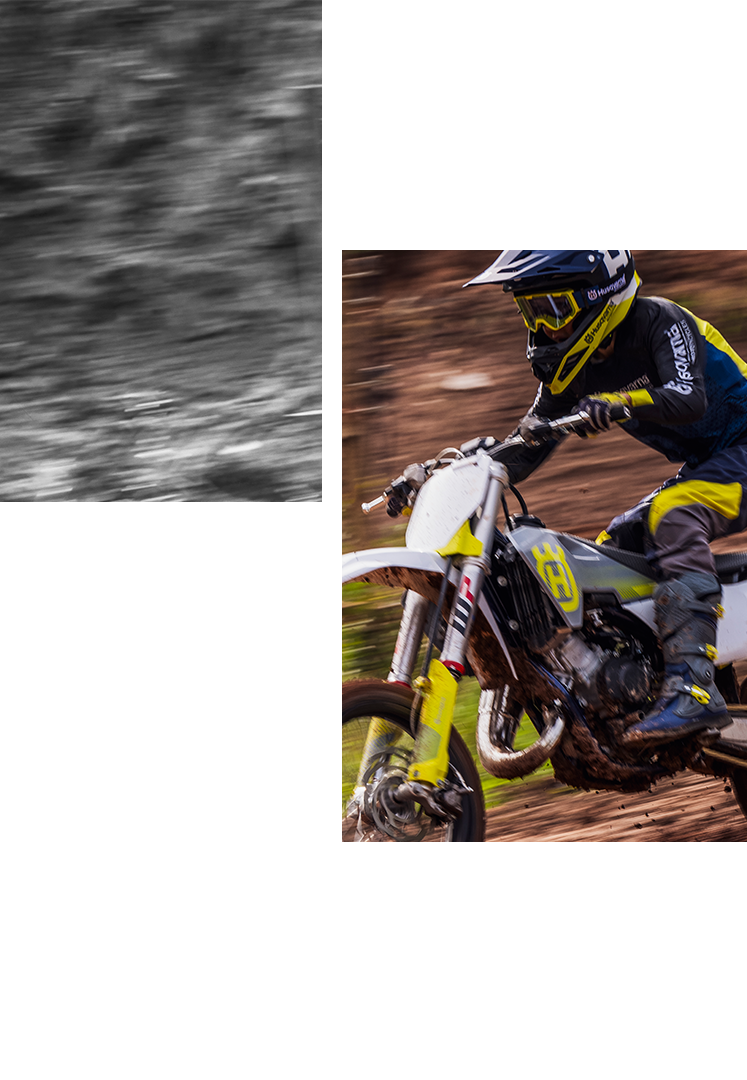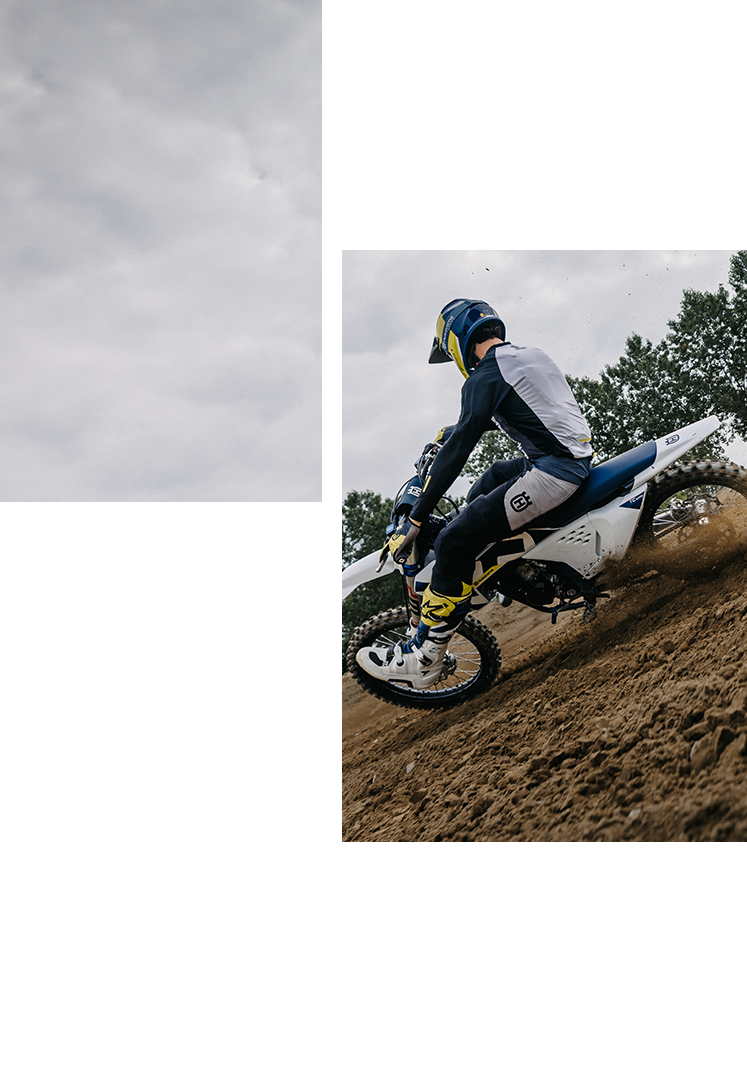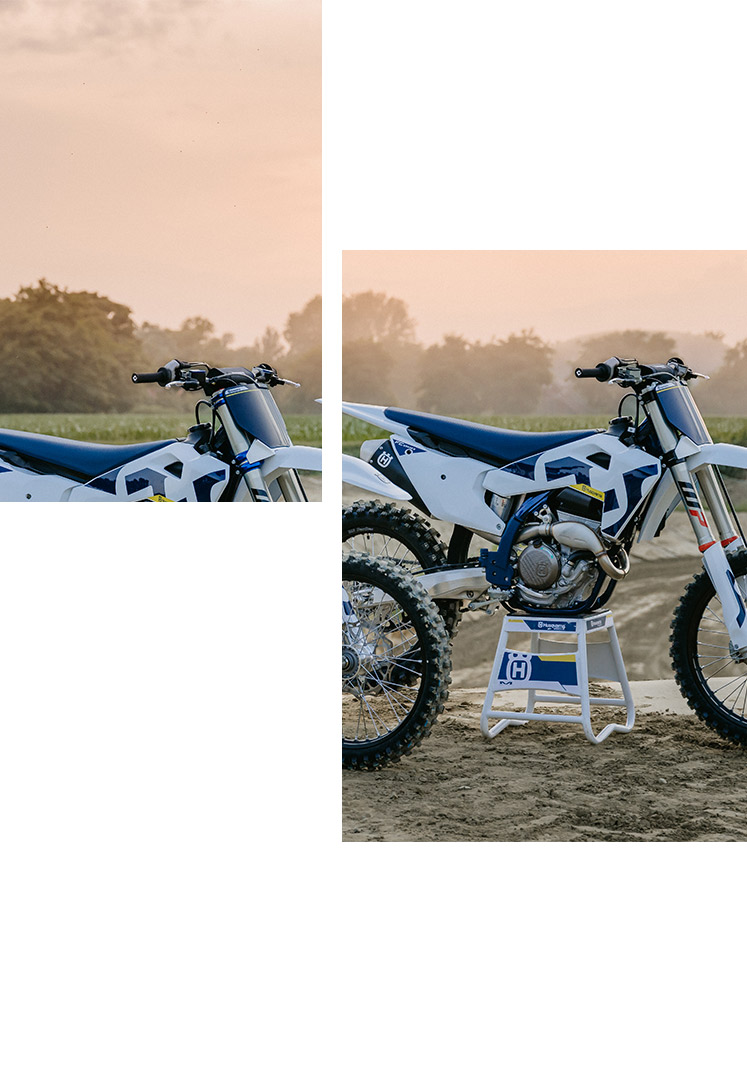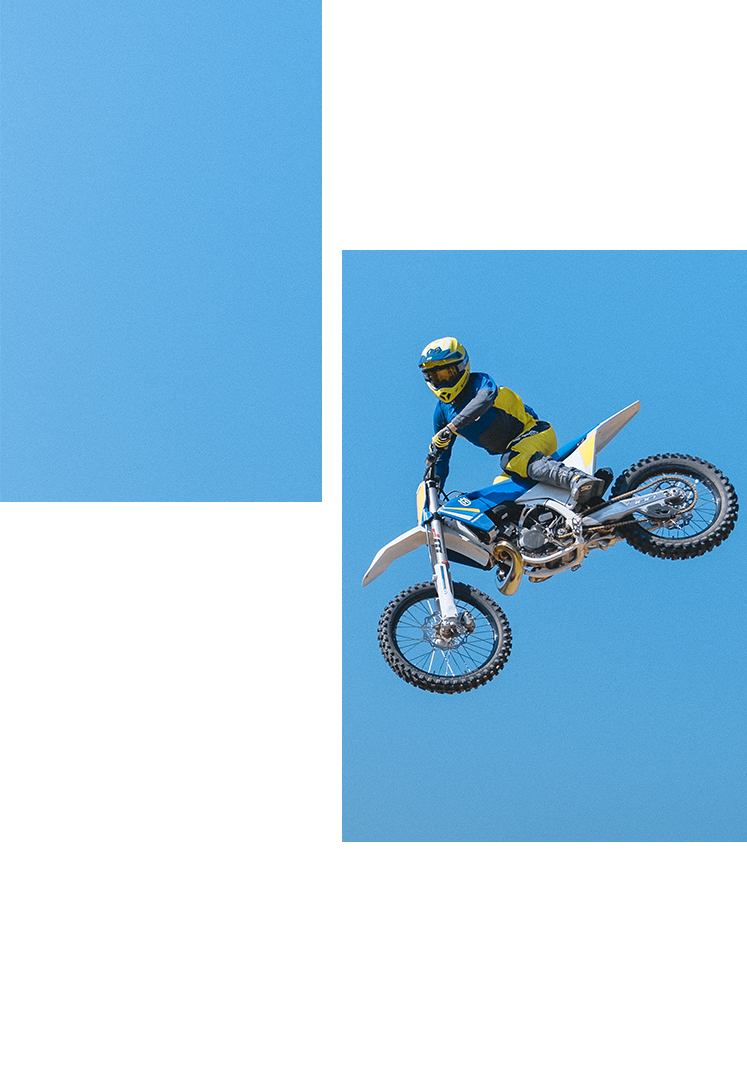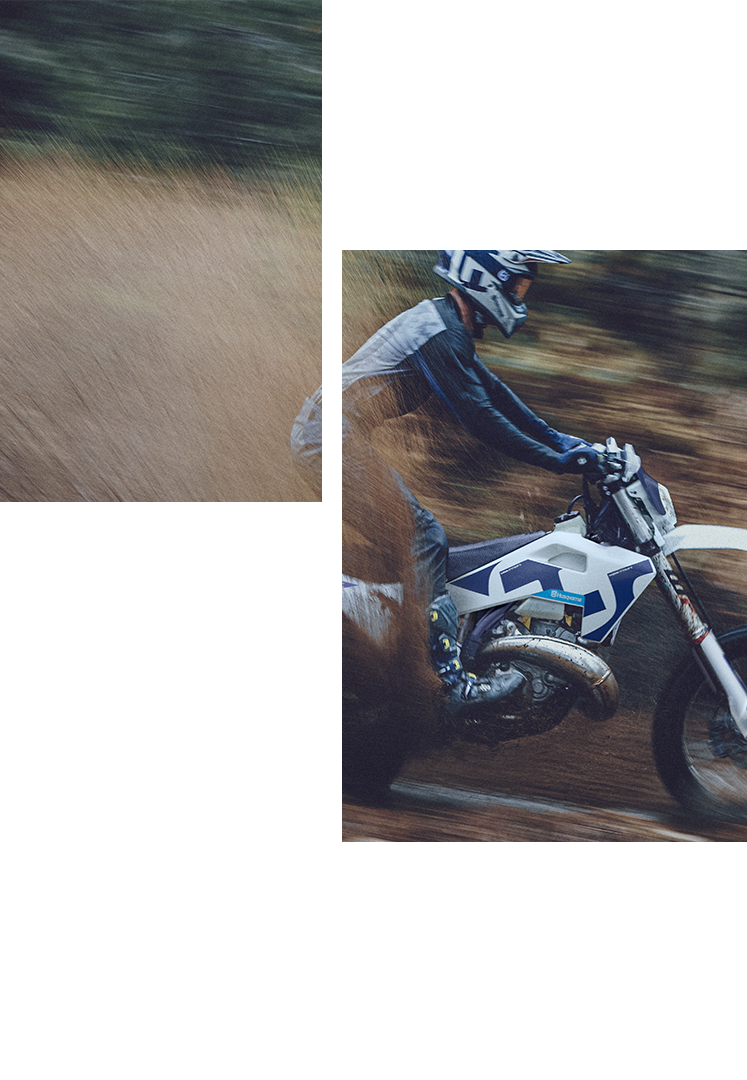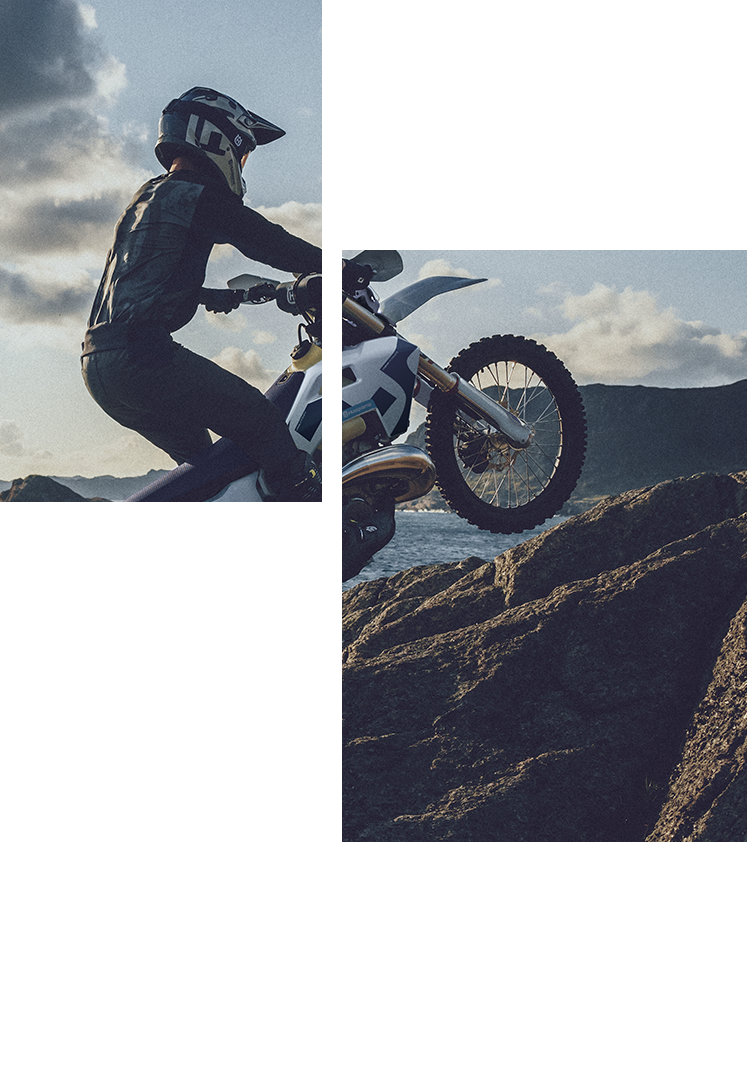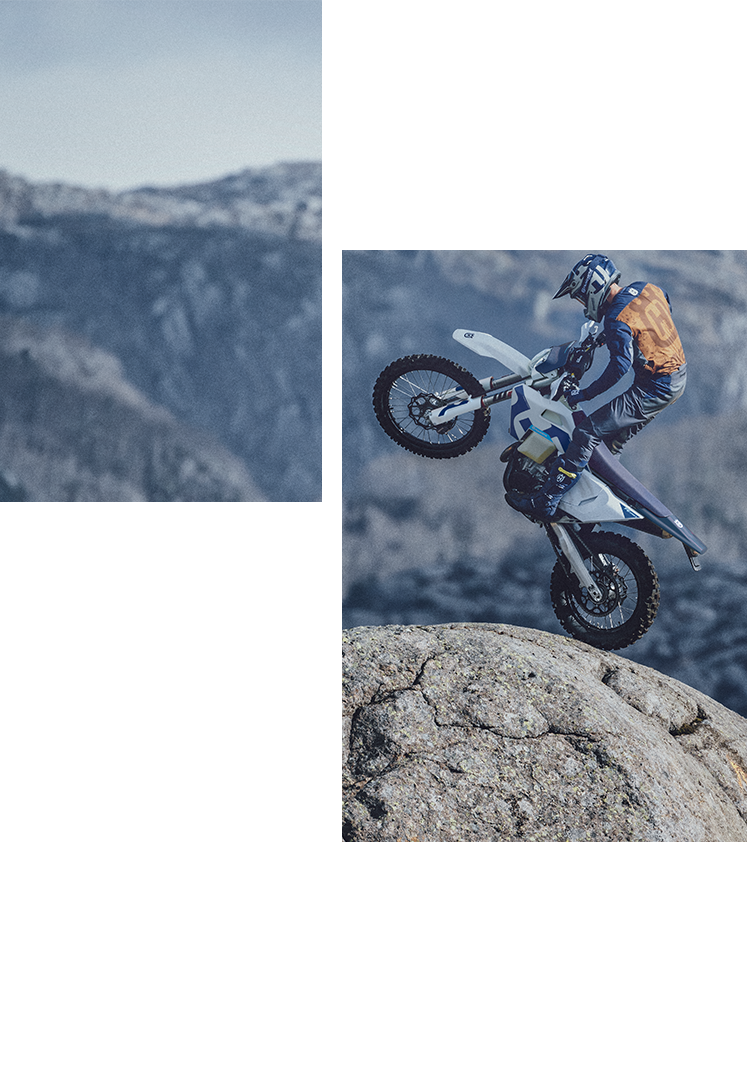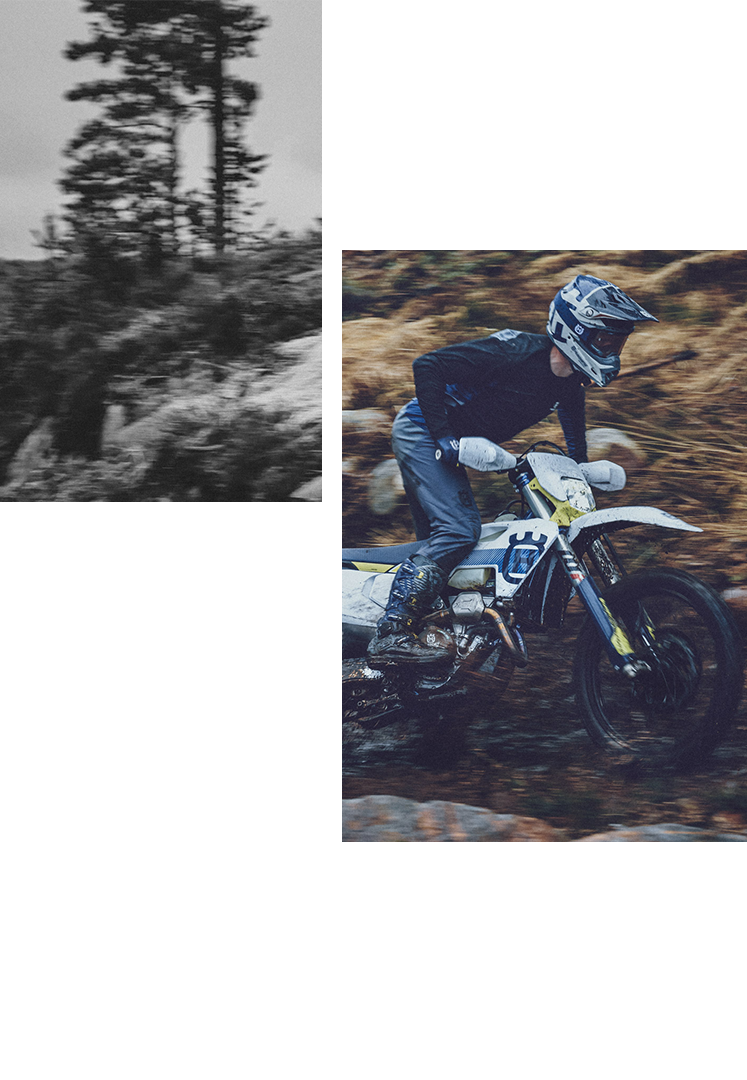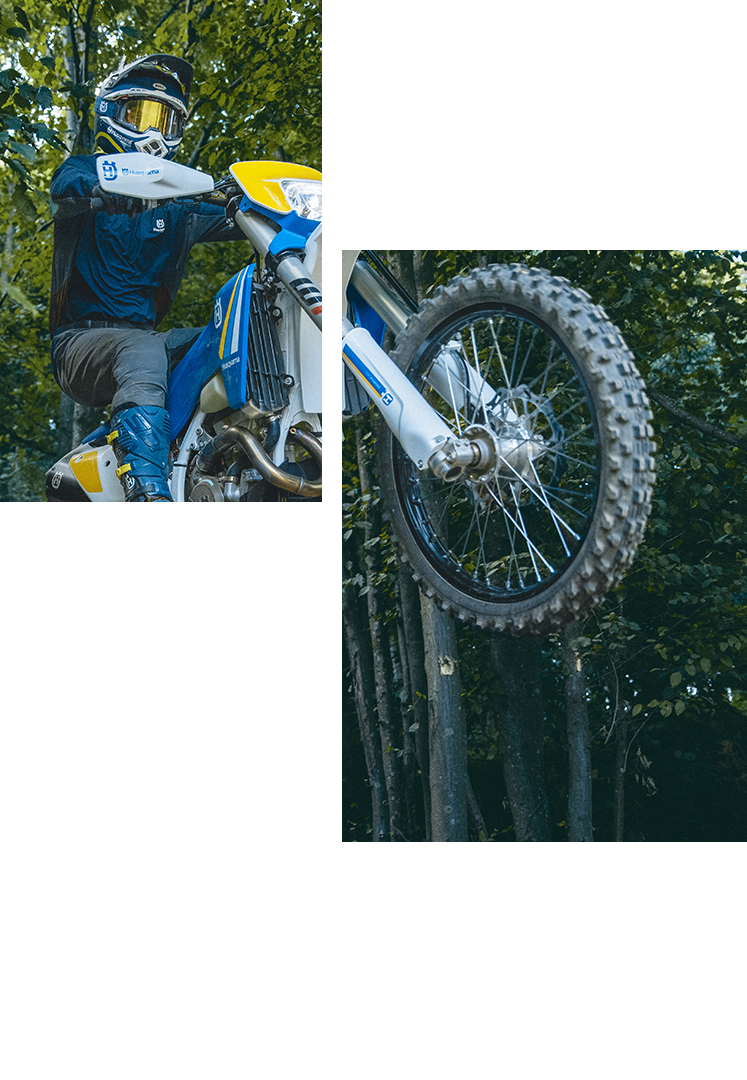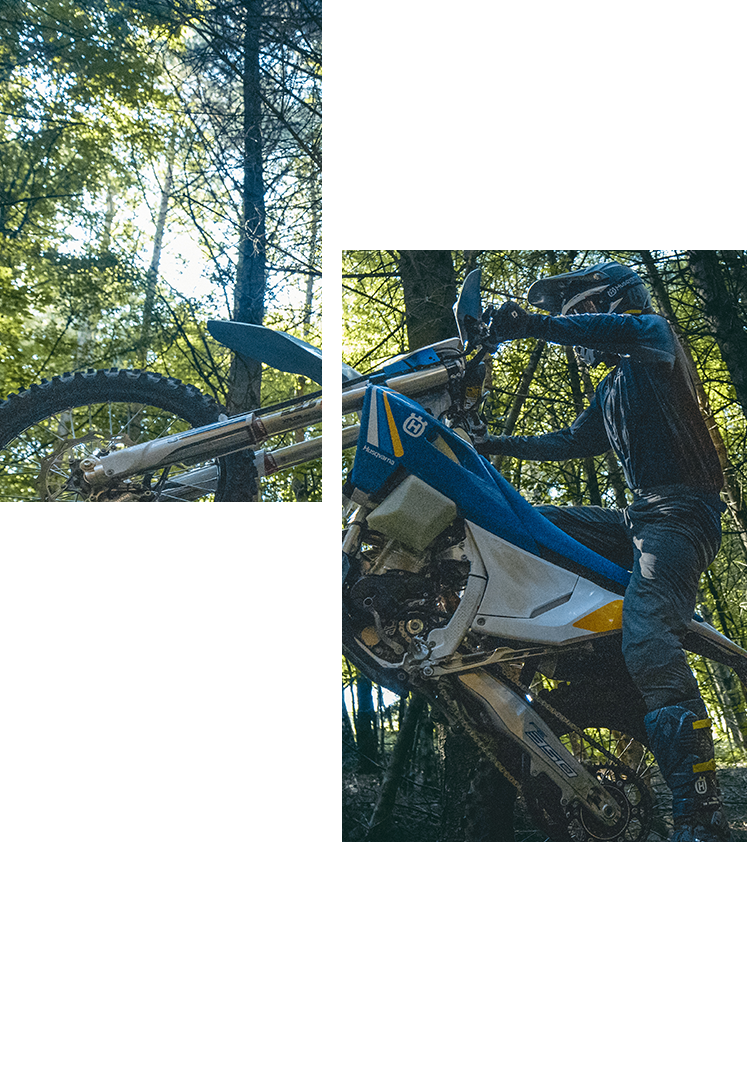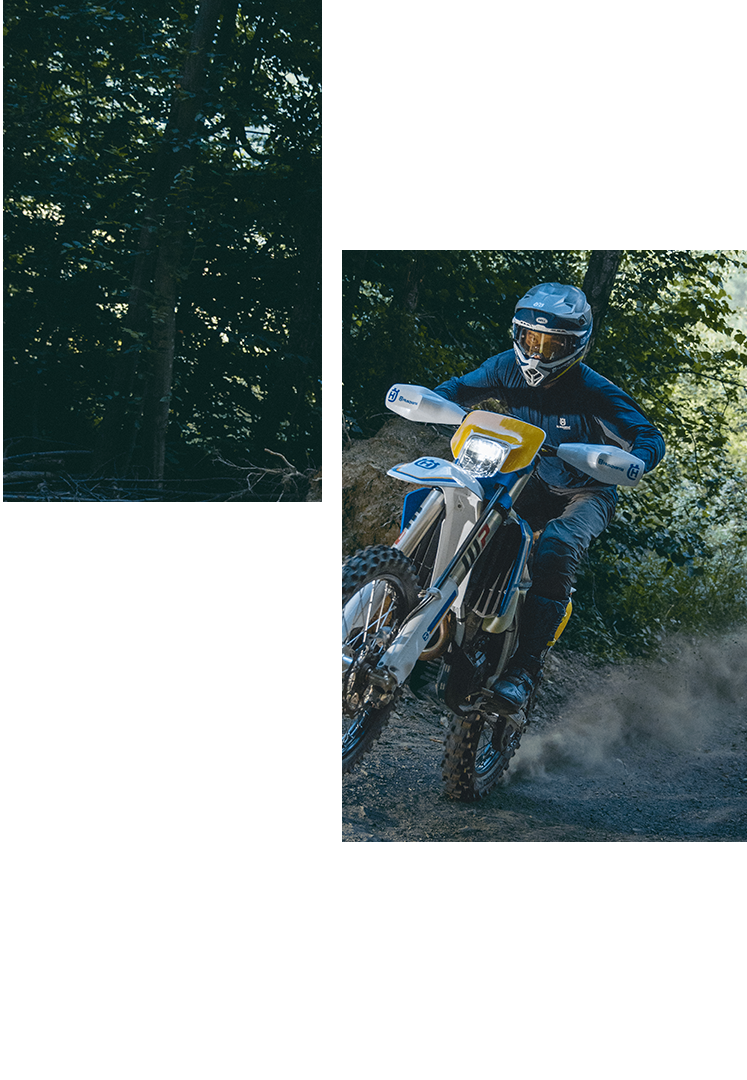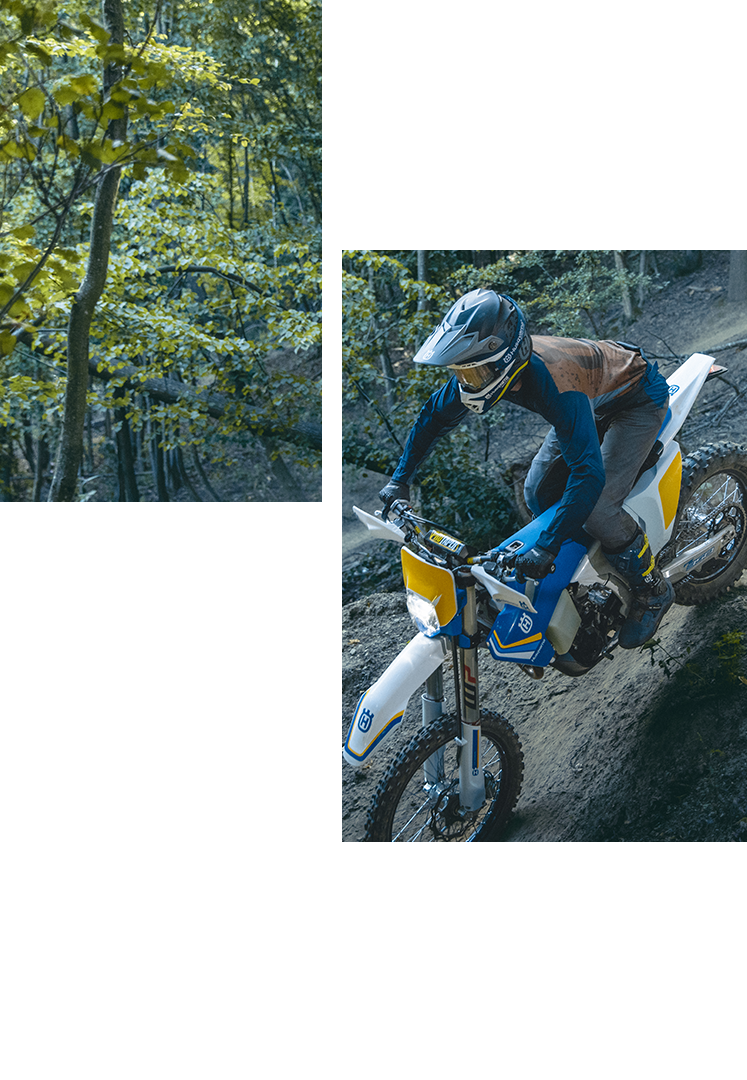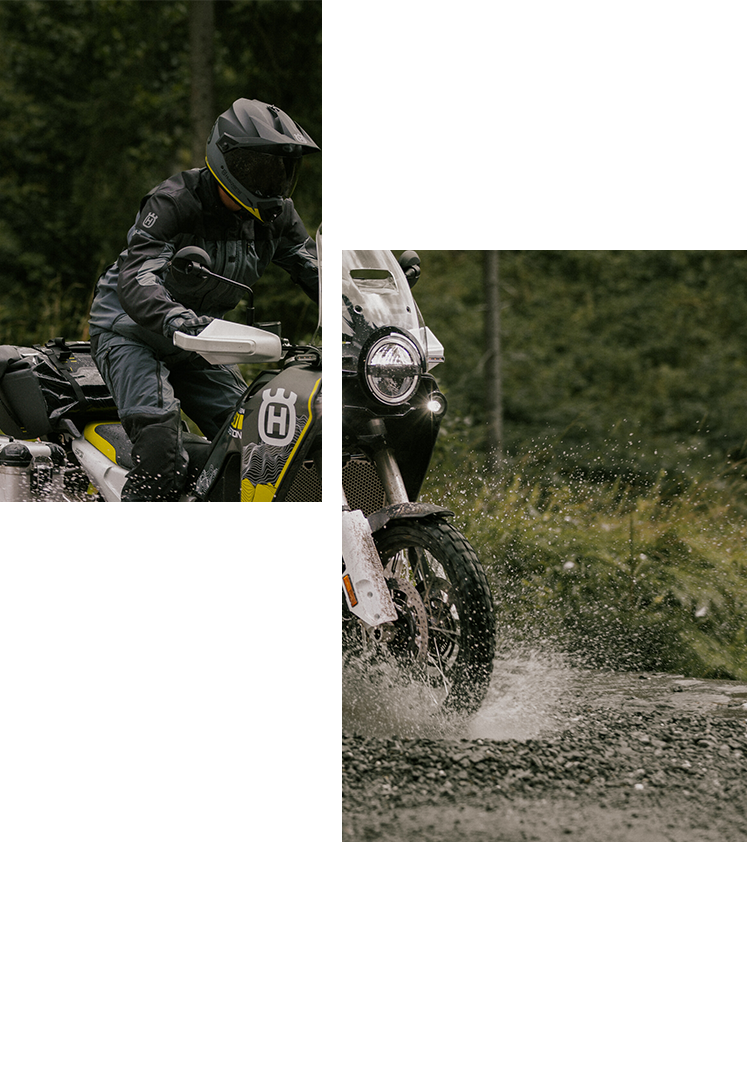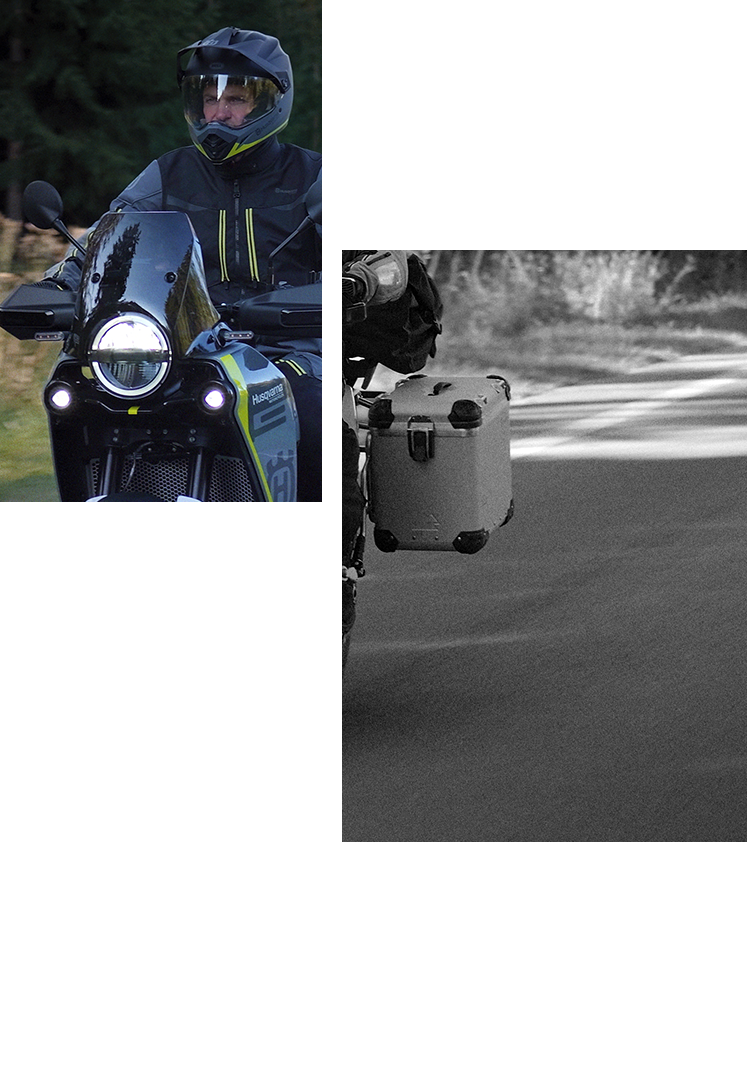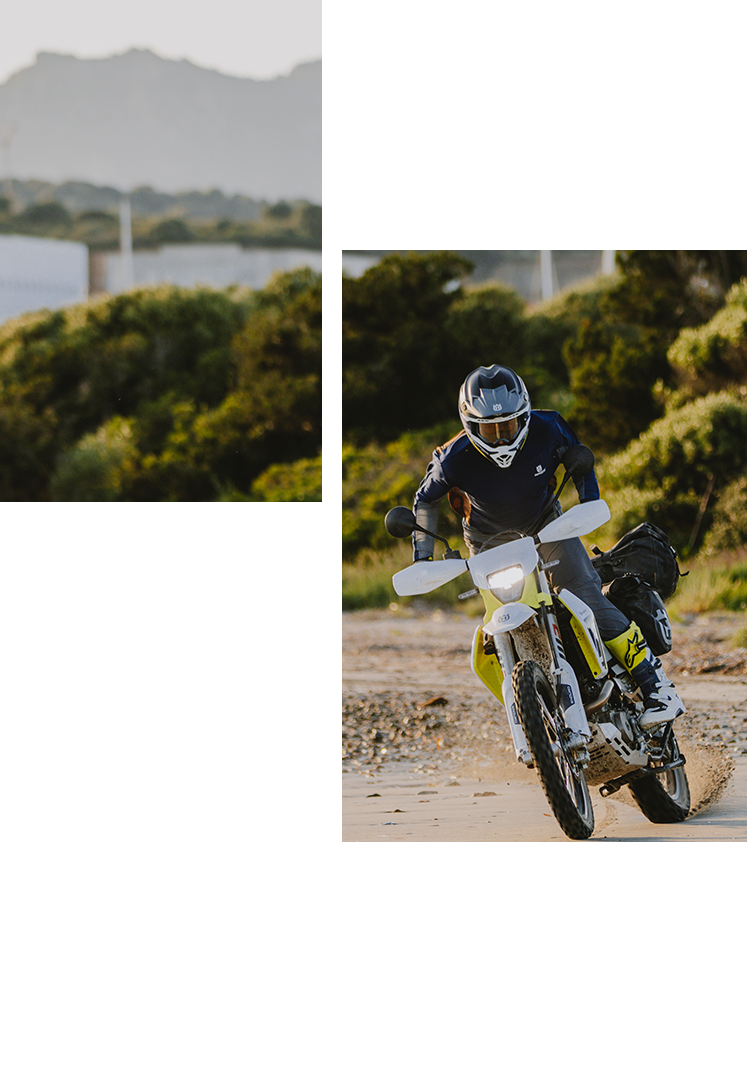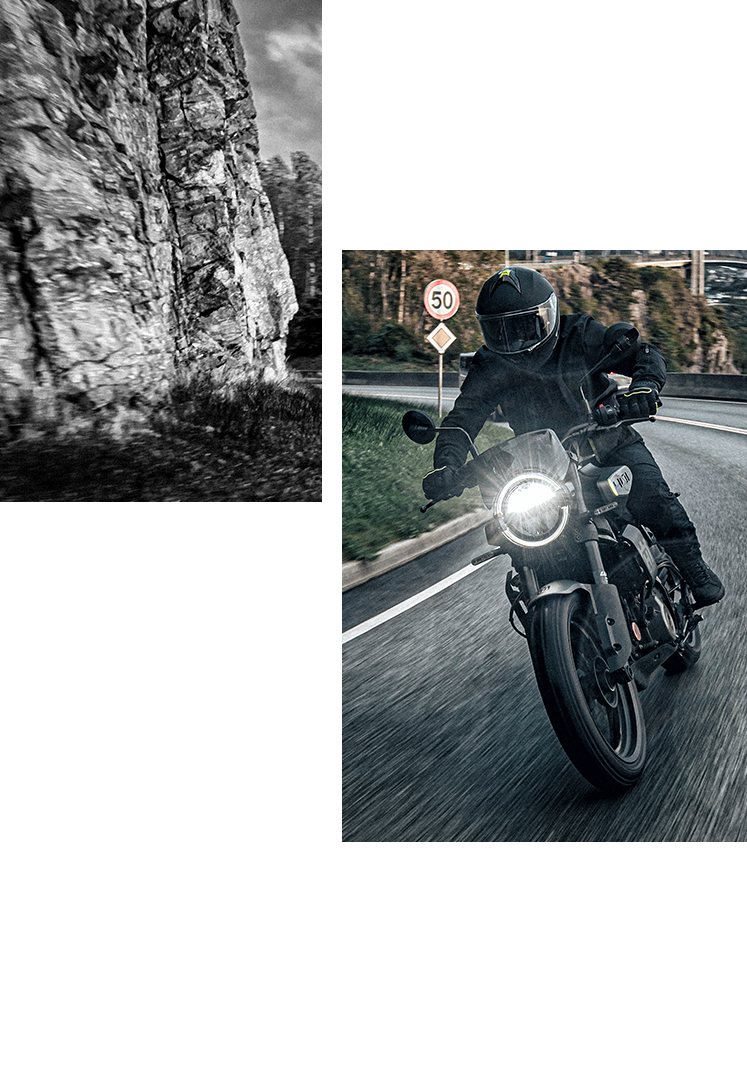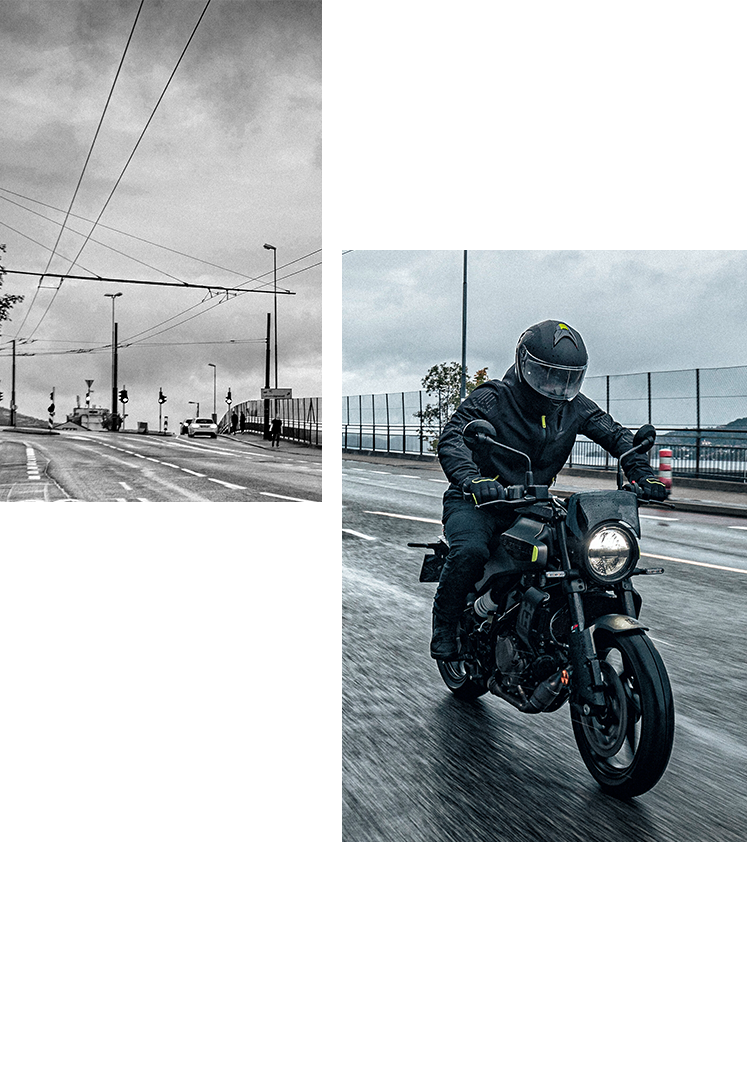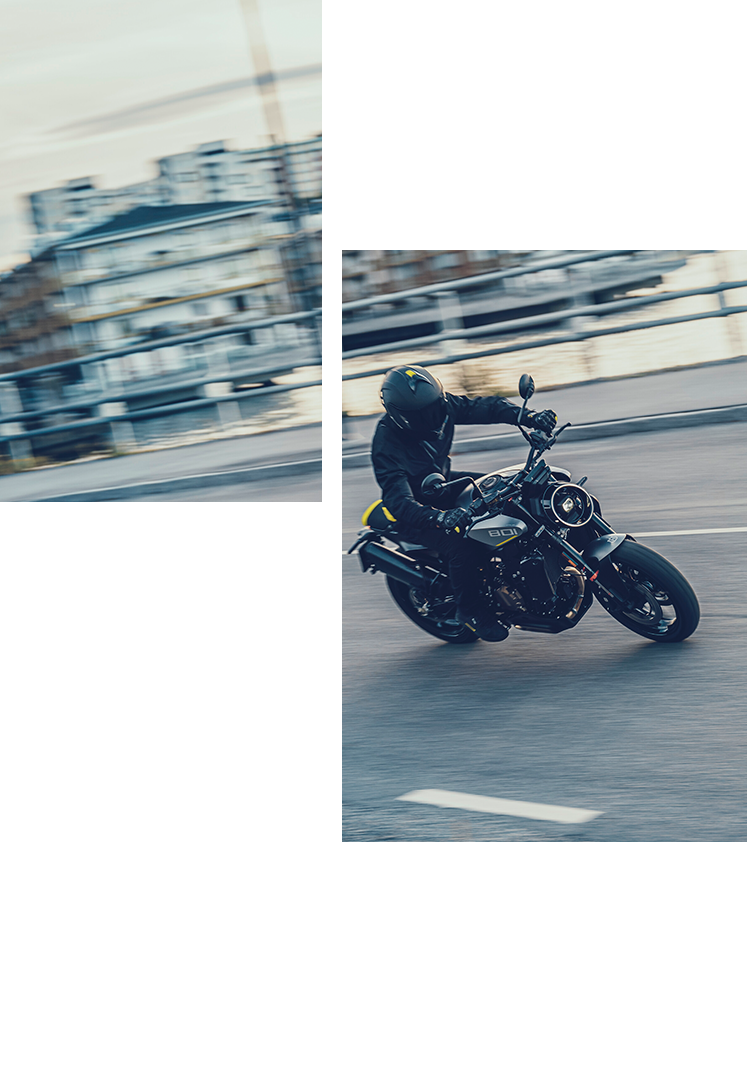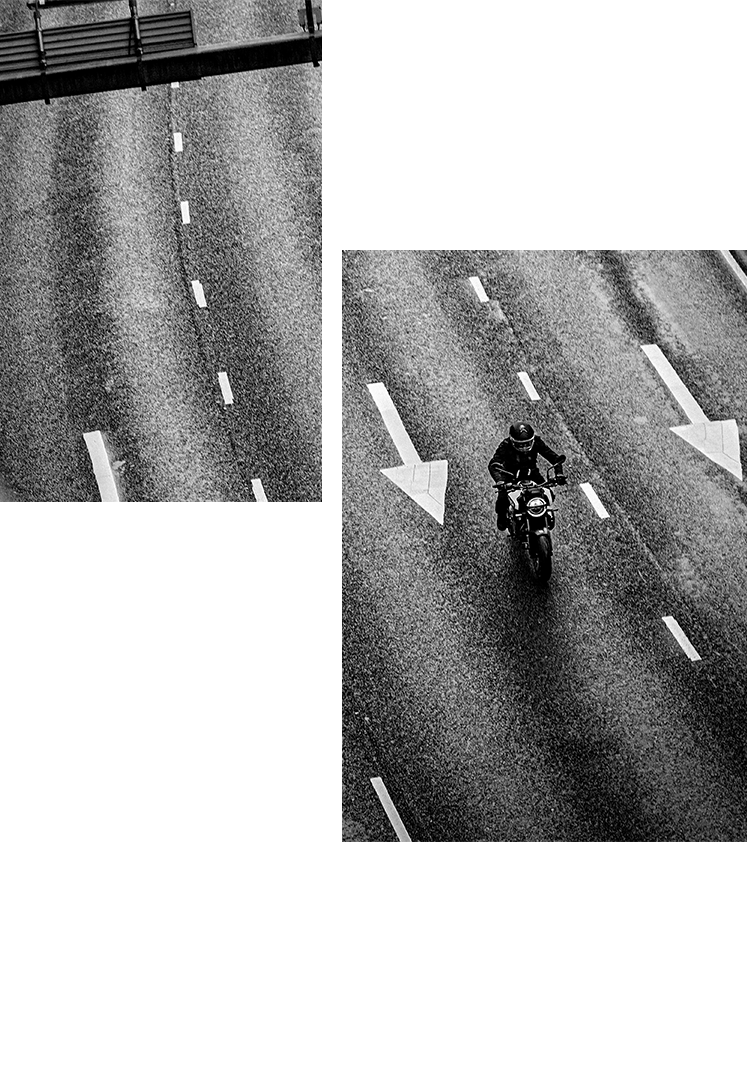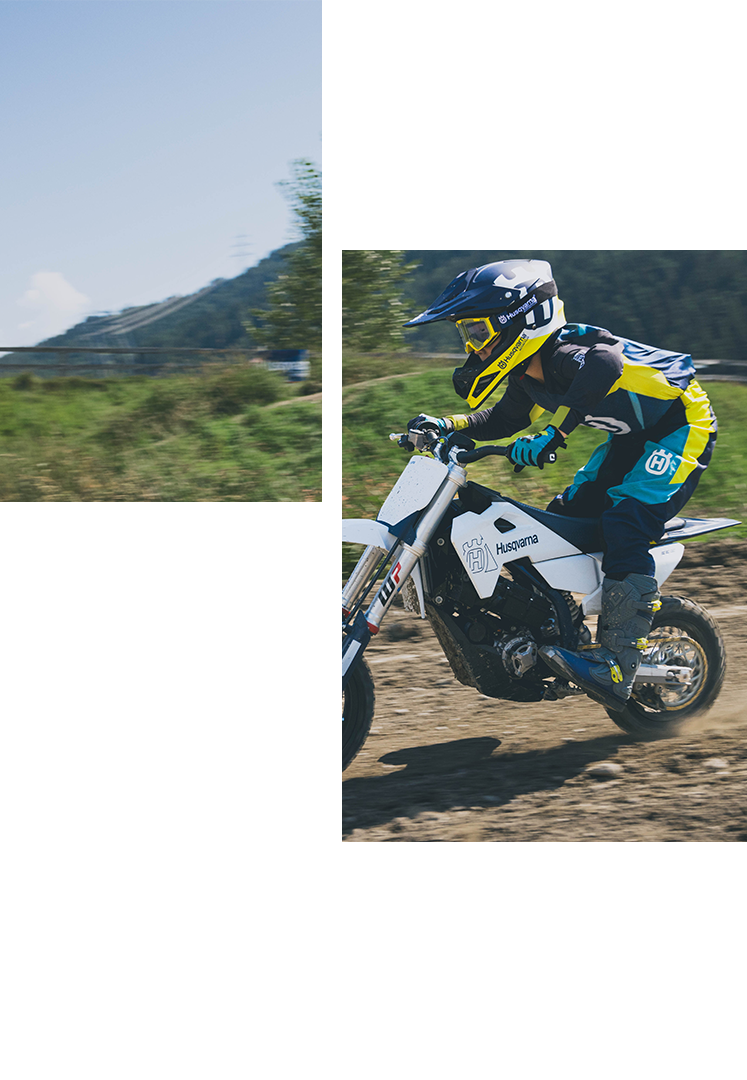There is a wonderful story from 1974 when the Husqvarna factory rider Hans Hansson was to ride the famous ‘Onkel Toms Hütte’ enduro race in West Germany. “For the first time, I was to compete with the automatic gearbox 360-machine, which interested the technically minded Germans who wanted to know more about our concept,” Hansson said with a smile on his face. “They looked with astonishment as there was no clutch lever on the handlebars. Despite my poor German, I managed to explain the system and that the centrifugal power resulted in the engine drive. Later that night, one of the German technicians phoned me at the hotel asking me to wrap up my engine with a solid protection in case the power plant would explode. “At least, do have a sack around it,” he said. Some genius came to the conclusion that my engine was dangerous and would have caused havoc when parts started to hit the poor spectators. Well, I was allowed to start the race and all the bystanders survived! Sadly, I broke down and had to retire when the chain collapsed.”
In the United States things were burning hot for Husqvarna. One great enduro victory would be followed by a big desert win. Not only was the brand attracted by top U.S. riders such as Malcolm Smith, JN Roberts, John Penton and Bud Ekins, but the famous film star Steve McQueen was also a true Husqvarna fan. He was often seen in the Mojave Desert, riding shotgun with his buddies Ekins and Swede Rolf Tibblin. The treble Swedish world champion was by now settled in the U.S. and lived in California. In San Diego, Tibblin set up a training centre for bike buffs. This Husqvarna-sponsored camp was also held in the vicinity of San Diego and became very popular to a large young audience.




